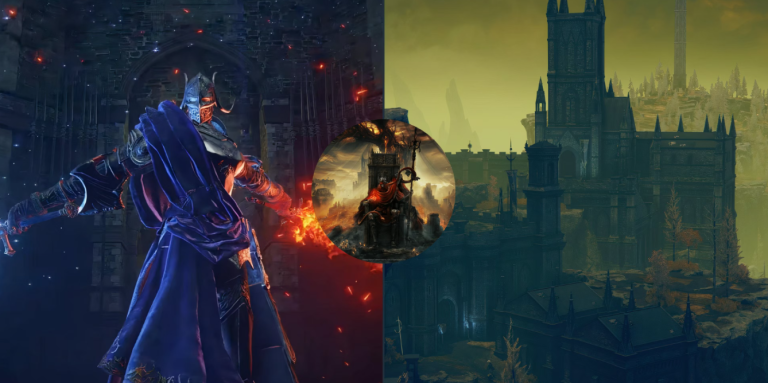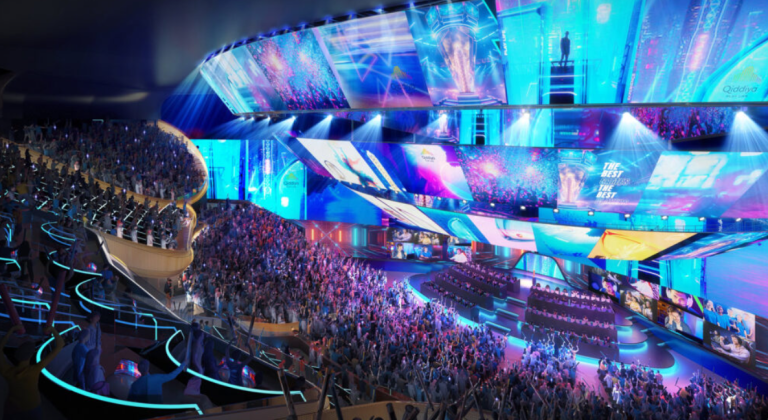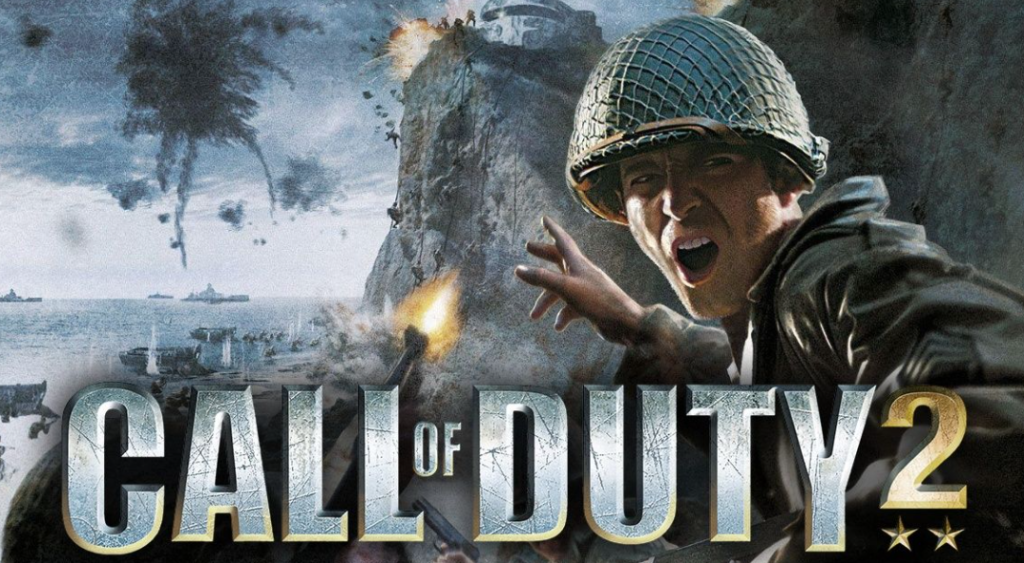
Call of Duty has long been a staple in the esports world, with its timeless appeal captivating players across the globe. Among its many titles, Call of Duty 2 holds a special place in the hearts of many “veteran” gamers. Recently, the release of its new update sparked plenty of buzz—both about the changes themselves and the waves of player feedback that followed. As an esports enthusiast, I’ve been paying close attention, listening to firsthand experiences from players across Europe and the U.S., and I want to share the authentic voices and technical updates with you.
First off, the improvements. The dev team clearly put a lot of thought into balancing the game better. One of the biggest changes is weapon balancing. Many longtime players had complained about certain guns being too overpowering, making matches feel repetitive. The new update tones down those dominant weapons and simultaneously buffs some of the less popular ones. Take George Wolf, a seasoned player from Texas, who told me, “I used to rely heavily on that sniper rifle—it made battles too easy, honestly. After the update, I started playing with the submachine guns more, and it’s actually way more thrilling. It’s forced me to switch up my tactics.”
Map updates also stand out in this release. The developers revamped some classic maps by adding more obstacles and cover spots, giving players fresh tactical options during fights. Anna, a gamer from London, shared with me, “The new maps feel much more immersive. Sometimes when I’m ducking behind cover, it really feels like I’m on a mission. That level of immersion pulls me deeper into the game.”
Another key upgrade is the matchmaking system. Previously, many players complained about unbalanced matches, where newbies were thrown into games with hardcore veterans, resulting in frustrating experiences. Now, the matchmaking algorithm is smarter—it matches players based on their skill and past performance, significantly reducing those “getting steamrolled” moments. Daniel, a college esports fan from Los Angeles, said, “This change is fantastic! I used to get discouraged because I’d constantly get matched with players way better than me. Now, matches feel much fairer, and I’m actually looking forward to playing every day.”
Of course, not every change landed perfectly. Some longtime fans felt that a few tweaks were too radical, especially those who preferred the classic gameplay. For instance, some of the new cover spots on maps have been exploited by players to “camp,” which can make rounds drag on and feel repetitive. This has sparked lively debates within the community, with petitions popping up requesting further balance adjustments in upcoming patches. These diverse opinions highlight just how passionate and engaged the player base is.
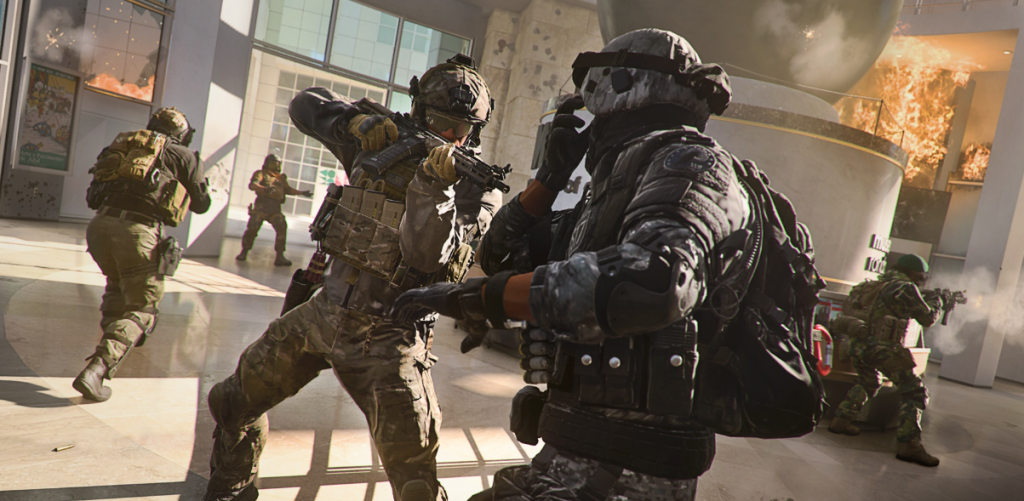
In the broader esports scene, especially within the Call of Duty fan communities across Europe and the U.S., players frequently use platforms like Twitch and YouTube to discuss updates. I remember watching a popular American streamer named Jake breaking down the new features—he blended gameplay clips with thoughtful analysis. Jake said, “Updates aren’t just about changing numbers—they’re about keeping the game exciting and challenging for us.” The chat was buzzing with fans sharing their own takes, showing how alive and dynamic this esports community remains.
What’s encouraging is how quickly the developers respond to player feedback. Shortly after the update launch, some bugs were reported, and the team promptly released patches to fix them, proving they truly value the player experience. This kind of healthy back-and-forth makes the community stronger and keeps players invested in the long haul.
To wrap up, Call of Duty 2’s new update—with its weapon rebalancing, map redesign, and smarter matchmaking—has won over the majority of its competitive players, particularly those in the Western esports scene. The authentic feedback from real gamers shows the game’s enduring vitality in a crowded market. Sure, not every change is universally loved, but it’s this ongoing evolution and player involvement that turns Call of Duty 2 from just a game into a shared global esports legacy.
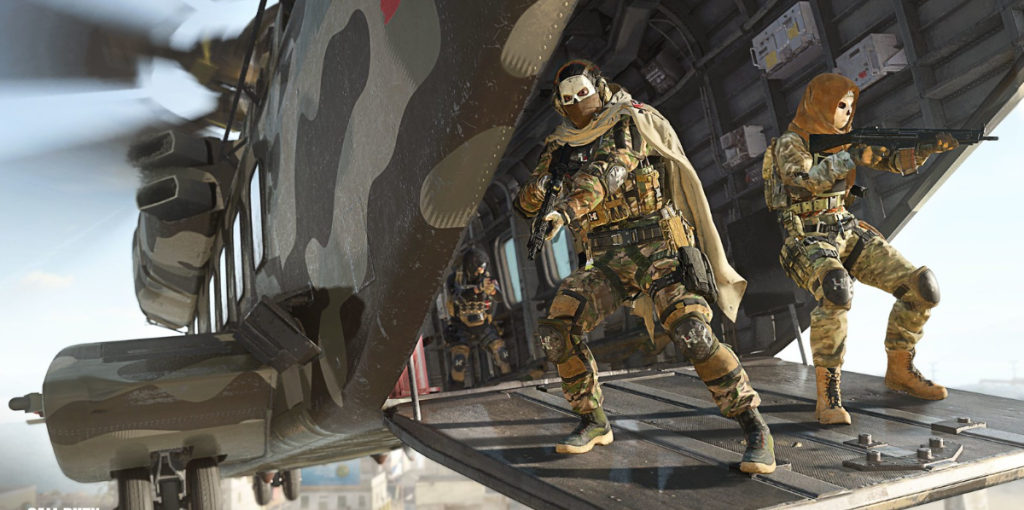
If you’re a fan of the Call of Duty series or simply interested in how esports games evolve alongside their communities, I hope this article gives you fresh insight. After all, the magic of gaming isn’t just in the graphics or mechanics—it’s in the stories, passion, and relentless pursuit of a better experience by the players themselves.
![]()
